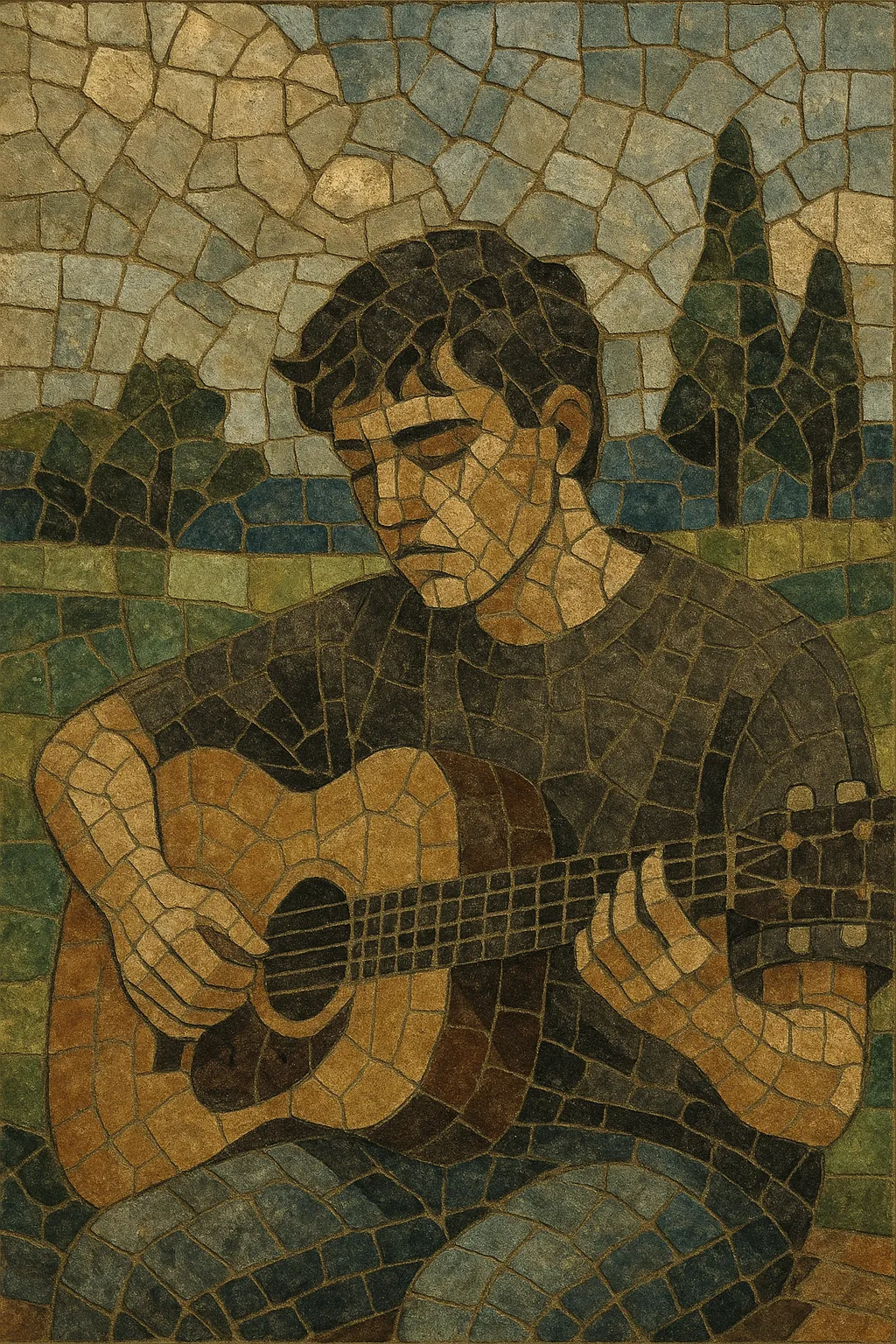
Your digging level
Description
Midwest emo is a regionally rooted branch of emo that emerged in the American Midwest during the 1990s. It is distinguished by clean, interlocking "twinkly" guitar lines, melodic bass counterpoint, and dynamic, often understated drumming.
The style blends the confessional lyricism and DIY ethos of emo with the delicacy and clarity of indie rock, plus the rhythmic and harmonic playfulness of math rock. Vocals tend to be intimate and conversational, while arrangements favor open guitar voicings (add9/sus2), arpeggios, and intricate two‑guitar interplay over high‑gain distortion.
While associated with college towns and basement shows, Midwest emo’s influence has spread widely, shaping subsequent waves of emo and inspiring cross‑genre borrowing from indie rock to emo rap.
History
The roots of Midwest emo lie in the second wave of emo and the Midwest’s independent rock communities in cities such as Chicago, Milwaukee, Madison, Champaign–Urbana, and Kansas City. Bands drew on the emotive intensity of earlier emo while softening hardcore aggression in favor of clean guitars, intricate arpeggios, and reflective songwriting. DIY venues, college radio, and small labels helped incubate the sound.
Groups like Cap’n Jazz, Braid, The Promise Ring, and Rainer Maria defined the template: interlocking guitar parts, dynamic shifts, and heart‑on‑sleeve lyrics. American Football’s 1999 self‑titled album became a touchstone, introducing airy trumpet embellishments, unusual meters, and shimmering clean tones that epitomized the style. Bands from just outside the region—such as The Get Up Kids (Kansas) and The Appleseed Cast—helped broadcast the sound more broadly.
Although many seminal bands split or evolved, the style persisted through related projects (e.g., Joan of Arc and Owen) and a steady underground following. Online communities and independent labels sustained interest, while the sound quietly informed adjacent indie and math‑leaning scenes.
A widely noted "emo revival" brought Midwest emo’s aesthetics to a new generation. Labels like Polyvinyl and Topshelf, plus Bandcamp and social media, amplified artists such as Into It. Over It., Foxing, Tiny Moving Parts, and Algernon Cadwallader. The characteristic "twinkly" guitar tone and intimate storytelling reappeared, sometimes fused with math rock precision and post‑rock atmosphere. Classic tracks (e.g., American Football’s "Never Meant") achieved viral afterlives, introducing the sound to listeners far beyond the Midwest.
Midwest emo’s melodic guitar loops and wistful mood seeped into areas like emo rap and bedroom pop, while new bands continued to reinterpret the formula with updated production and broader influences. The genre remains a living idiom, equally at home in basements, clubs, and playlists.





